T4K3.news
Astronomers discover possible planet near Alpha Centauri A
The James Webb Space Telescope has captured potential evidence of a planet in the habitable zone of Alpha Centauri A.
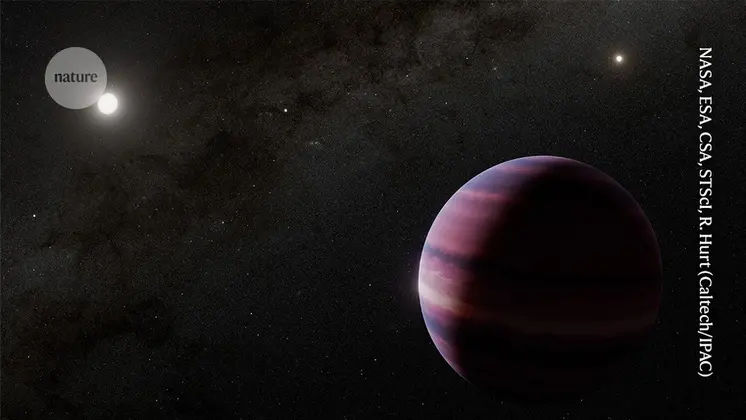
Recent findings from the James Webb telescope reveal a potential exoplanet in a habitable zone.
Scientists unveil possible planet near Alpha Centauri A
Astronomers have identified a potential planet within the habitable zone of Alpha Centauri A, thanks to the James Webb Space Telescope. This planet appears to orbit its star closely, possibly setting a record for direct imaging. Alpha Centauri A is the brightest star in a system just four light years away, making it a prime target for such observations. Previous studies relied on indirect detection methods, but researchers now present visual evidence in two forthcoming papers in The Astrophysical Journal Letters. The team, led by Aniket Sanghi from the California Institute of Technology, managed to capture this image using the Mid-Infrared Instrument of the JWST while applying techniques to reduce the star's strong glare. After reanalyzing the data over a year, they confirmed the planet's presence, leading Sanghi to express his awe at the discovery.
Key Takeaways
"I was in complete awe"
An expression of wonder by Aniket Sanghi upon the discovery of the planet.
"We couldn’t kill it"
Sanghi explaining the persistence of evidence for the planet's existence after extensive analysis.
The observation of a planet in the habitable zone of Alpha Centauri A marks a significant milestone in exoplanet research. The ability to directly image a planet in such a close orbit suggests advances in telescope technology and highlights the potential for discovering worlds similar to ours. Understanding these close-in exoplanets can yield insights into their atmospheres and potential for life, further igniting interest in our cosmic neighborhood. However, challenges remain, particularly regarding the conditions necessary for habitability and what this means for future explorations.
Highlights
- Imagine finding a world where life might thrive just next door.
- This discovery could change our understanding of habitable planets.
- I was in complete awe of what I was seeing.
- We couldn’t kill it; the evidence remained strong.
Potential economic and public interest risks
The discovery could influence funding and public interest in space exploration, leading to shifts in political and financial priorities.
As this field evolves, further imaging and analysis will be key to understanding these distant worlds.
Enjoyed this? Let your friends know!
Related News
Astronomers discover planet reminiscent of Avatar
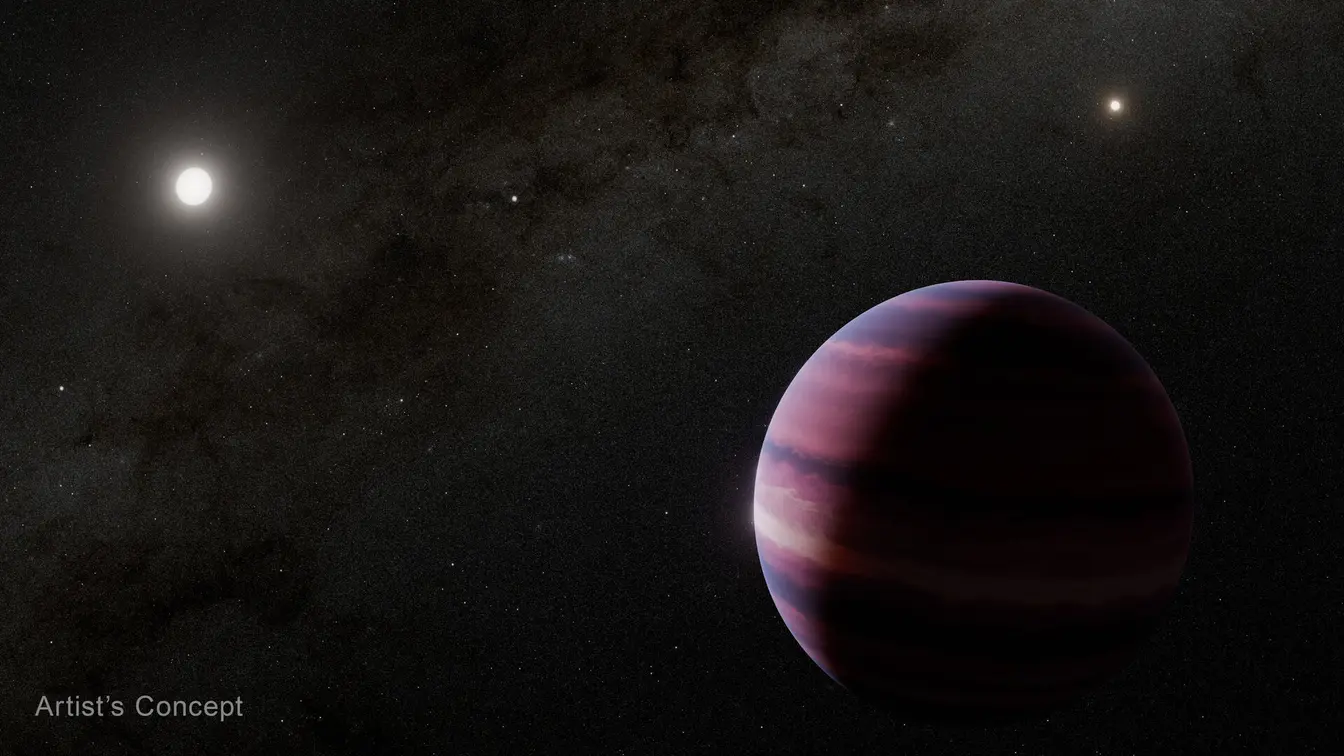
Astronomers detect potential gas giant near Alpha Centauri
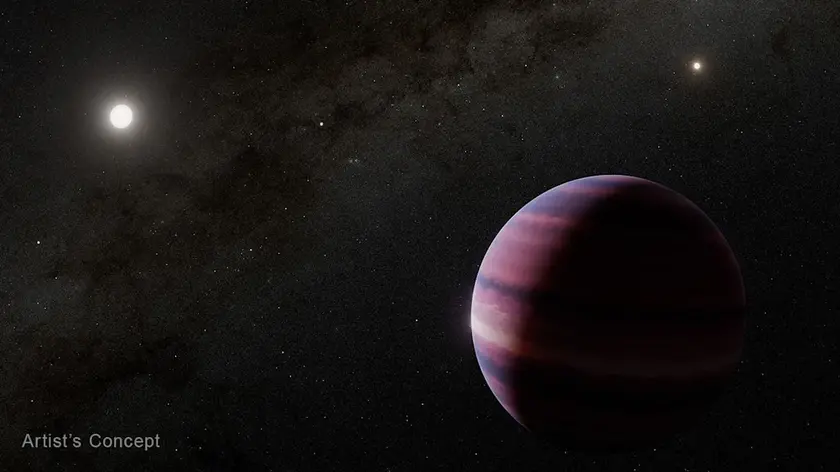
Possible planet spotted near Alpha Centauri
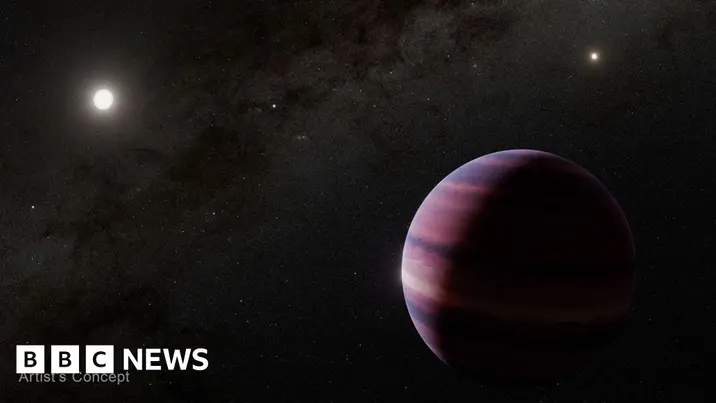
Nearby exoplanet signs found

Asteroid 2024 YR4 may hit the moon instead of Earth

Chrysalis spacecraft wins design competition
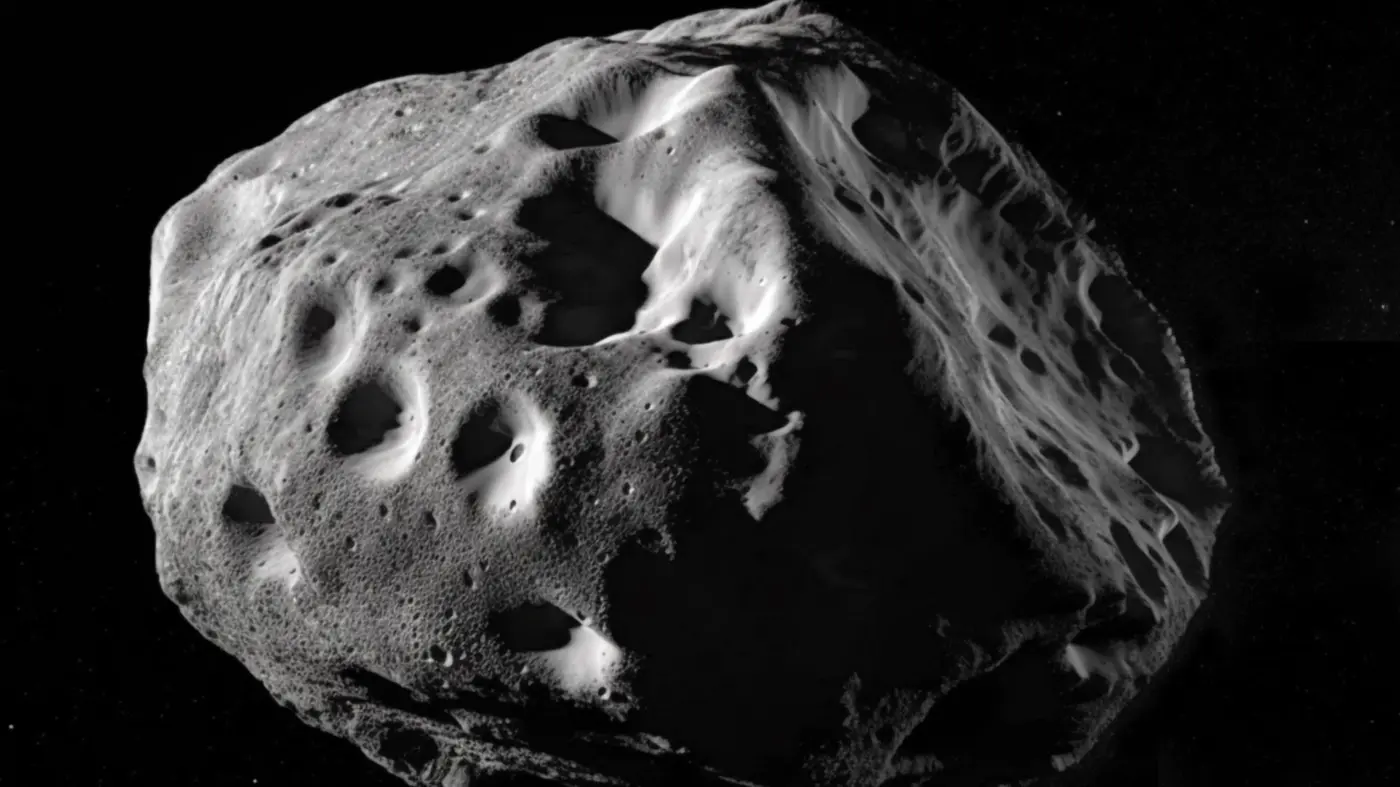
Asteroid 2024 YR4 may hit moon in 2032

Myths Turned Into Science
